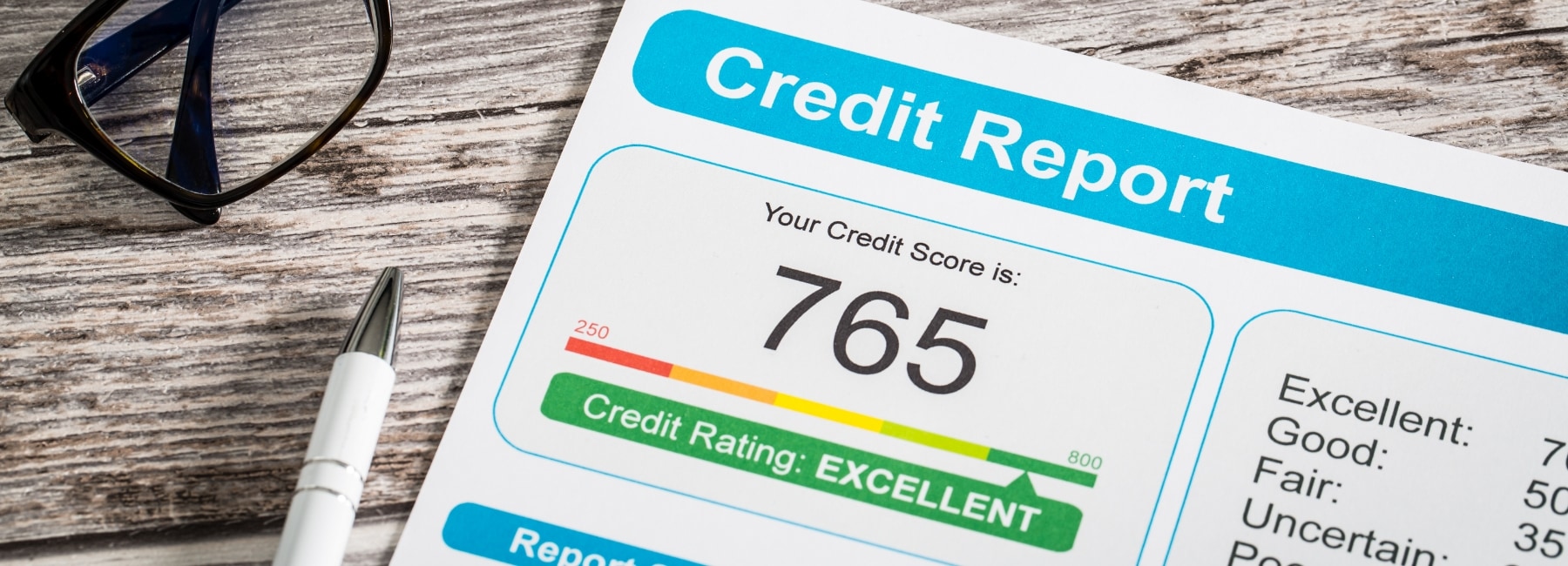Business Content
The 5-3-2 Rule for Building Business Credit

Have you heard of the 5-3-2 Rule? If you’re looking to boost your business’s credit, here’s what you need to know.
No matter whether you are bootstrapping your new business or investors are backing your enterprise, establishing a strong business credit profile is an important way to grow your company. It separates your personal credit rating from your business’s credit rating and establishes your business as a responsible, independent entity.
A solid business credit profile can help you secure borrowing power for your small business. It also serves as a resume (of sorts) for your business. Unlike your personal credit rating, business credit ratings are searchable by anyone, including potential customers, suppliers, insurance providers, and lenders. Therefore, your credibility as a business will be judged by this profile.
The best way to build business credit is by following the 5-3-2 Rule. This simple and straightforward rule will help you establish and cultivate a strong business credit profile.
Establish 5 Active Trade Accounts
The three major business credit bureaus that collect data and create business credit scores (Dun & Bradstreet, Experian, and Equifax) will consider your business more creditworthy when you buy inventory or materials and pay invoices promptly to at least five suppliers or other third-party vendors.
However, unlike your personal credit score and report, commercial creditors aren’t generally required to report account activities to these bureaus. You should establish credit with vendors strategically so that your business is positively represented to all three bureaus.
How do you know which vendors report to which credit bureaus? Just ask the vendors. They should tell you.
Maintain 3 Business Credit Cards
Keep at least three business credit card accounts in active use. Select these cards and use each one for a specific need. For example, one card can be designated as the travel card, another might be the large-purchase card, and the third may be your everyday supplies card.
Choose the card that offers the best cash back or rewards for its intended purpose. You may also want to look for cards with no annual fee, a discounted introductory rate, or other meaningful incentives. And make sure that the card issuer reports to the bureaus.
Pay the cards on time – without exception – and keep your credit use rate (the amount of credit you access) to 30% or less. This will prove to the bureaus that your cash flow is in good shape.
Pay Off 2 Loans in Full
The key to building a strong business credit profile is having a track record of satisfying debt. To do that, take out a small business loan or line of credit with monthly payments you can easily afford. You’ll be able to access cash to grow your business, and by paying it back on time, that payment record is reported to the credit bureaus.
Once one business line of credit or loan is paid off, apply for and pay back another.
A track record of successfully paying off two loans proves that you can manage credit. Plus, developing a positive relationship with a trusted small business lender can help you to secure funding from that institution in the future.
What’s Next?
Once you’ve proven your business’ creditworthiness, protect it!
Make it a practice to review your credit reports regularly and dispute any charges that aren’t accurate. It’s a good idea to check these reports once a year to see how you compare to other borrowers — especially if you’re planning to apply for a small business loan anytime soon. Getting business credit reports and scores isn’t free, but the nominal fees (typically under $100 each) are well worth it for the peace of mind.
Borrow Smarter
To learn more about loan and credit solutions for your growing business, contact your financial institution.